Mega-tsunamis: The Water Impact Of Asteroids

Introduction
Asteroids have been impacting the Earth for billions of years, leaving craters and shaping the landscape. While asteroid impacts are commonly associated with fiery explosions and devastating shockwaves, there is another type of impact that can have a cataclysmic effect on our planet: water impact. When an asteroid impacts in the ocean, it can trigger a mega-tsunami that can travel thousands of miles and cause widespread destruction along coastal areas. In this article, we will explore the phenomenon of mega-tsunamis caused by asteroid impacts.
The Anatomy of a Mega-Tsunami
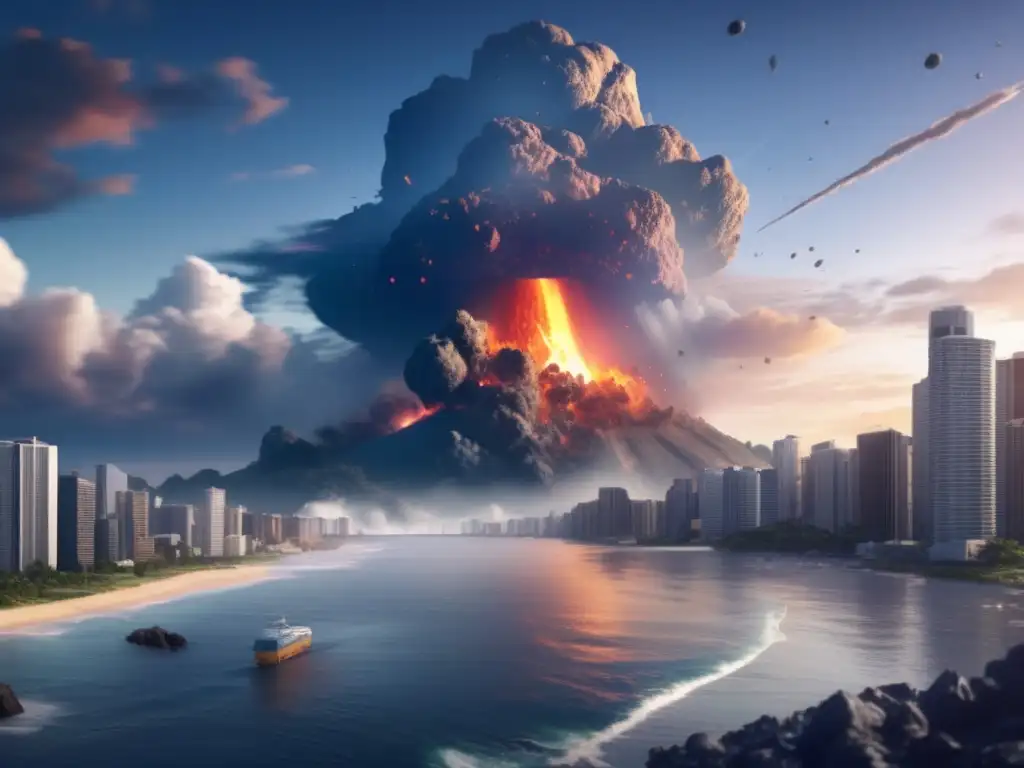
How Mega-Tsunamis are Formed
When an asteroid impacts in the ocean, the impact generates a massive wave that propagates outward from the impact site. This wave is not a typical ocean wave, but rather a mega-tsunami that can reach heights of hundreds of feet as it approaches the shore. The mega-tsunami travels at incredible speeds, covering vast distances and affecting multiple coastal regions along its path. It is estimated that a mega-tsunami caused by a large asteroid impact could travel up to 6,000 miles and have catastrophic effects on coastal communities around the world.
The Power of Mega-Tsunamis
Mega-tsunamis are among the most powerful natural disasters on Earth. When they hit the shore, they can cause enormous destruction, wiping out entire cities and killing millions of people. The sheer force of the wave can crumble buildings, uproot trees, and sweep away everything in its path. The 2004 Indian Ocean tsunami was caused by an undersea earthquake and resulted in over 230,000 fatalities. If an asteroid-induced mega-tsunami were to occur, the death toll would likely be much higher.
Examples of Mega-Tsunamis in Human History
While mega-tsunamis caused by asteroid impacts are rare, there have been several examples throughout human history where such waves have occurred due to other causes. In 1958, a landslide triggered a mega-tsunami that struck the Lituya Bay in Alaska, generating a wave over 1,700 feet high-the highest recorded in history. In 2000, a 7.9 magnitude earthquake in New Zealand caused a mega-tsunami that killed over 180 people and caused extensive damage along the coast.
Asteroid Impacts and Mega-Tsunamis
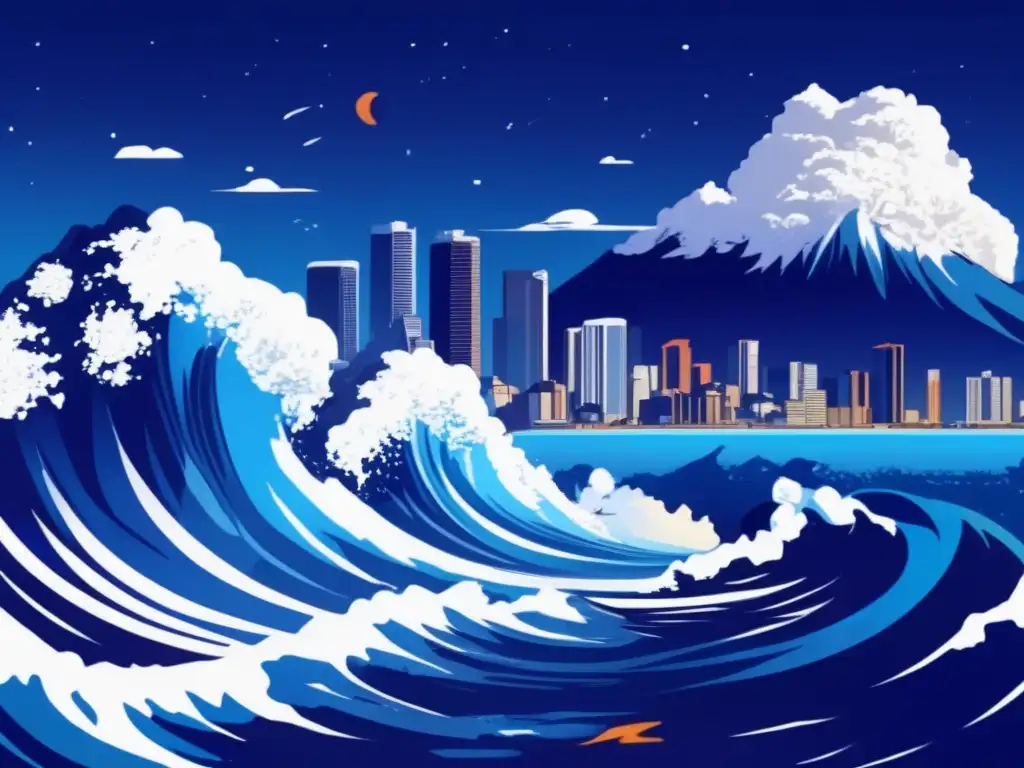
The Likelihood of an Asteroid-Induced Mega-Tsunami
Mega-tsunamis caused by asteroid impacts are relatively rare. While the chances of a large asteroid impacting Earth are low, the likelihood of it hitting in a location where it could cause a mega-tsunami is even lower. Most of the Earth's surface is covered by oceans, so the odds of an asteroid impacting in a specific coastal region are slim. However, if a large asteroid did impact in the ocean, the resulting mega-tsunami would have catastrophic effects on coastal communities around the world.
The Potential Consequences of an Asteroid-Induced Mega-Tsunami
An asteroid-induced mega-tsunami would have devastating consequences for humanity. The sudden and massive wave would strike without warning, leaving little time for people to evacuate or prepare. Coastal cities and towns would be completely destroyed, infrastructure would be wiped out, and millions of people would die. The environmental impact would be equally severe, with the potential for widespread oceanic pollution and the extinction of several marine species.
Preventing an Asteroid-Induced Mega-Tsunami
While it is impossible to predict when an asteroid will impact Earth, there are measures that can be taken to prevent an asteroid-induced mega-tsunami. One of the most effective ways is through early detection. If an asteroid is detected early enough, it may be possible to deflect it away from Earth using methods such as nuclear explosions or kinetic impactors. Additionally, coastal communities could implement evacuation plans and build flood barriers to mitigate the effects of a mega-tsunami.
Frequently Asked Questions
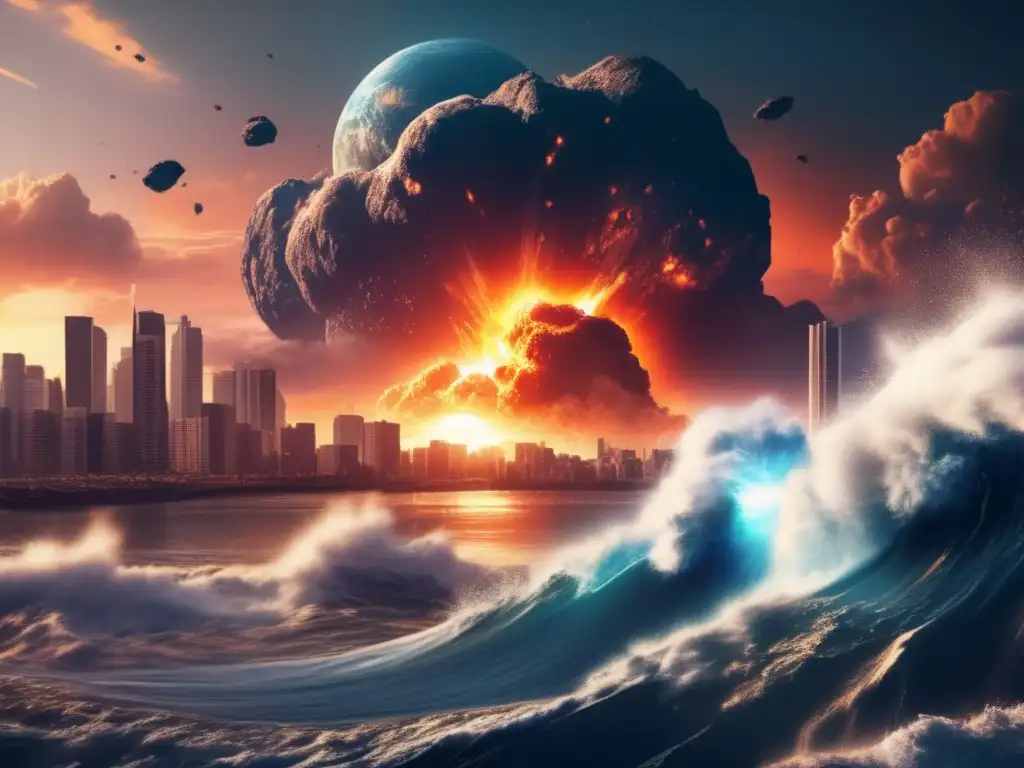
-
What is a mega-tsunami?
A mega-tsunami is a massive wave that can travel thousands of miles and reach heights of hundreds of feet. It is typically caused by an underwater event, such as an earthquake or asteroid impact.
-
How likely is an asteroid-induced mega-tsunami?
The chances of an asteroid-induced mega-tsunami are relatively low, as most of the Earth's surface is covered by oceans. However, if a large asteroid did impact in the ocean, the resulting mega-tsunami would have catastrophic effects on coastal communities around the world.
-
What are some examples of mega-tsunamis in human history?
Some examples of mega-tsunamis in human history include the 1958 Lituya Bay tsunami in Alaska and the 2000 New Zealand tsunami.
-
What can be done to prevent an asteroid-induced mega-tsunami?
Early detection of an incoming asteroid is key to preventing an impact. If an asteroid is detected early enough, it may be possible to deflect it away from Earth. Additionally, coastal communities could implement evacuation plans and build flood barriers to mitigate the effects of a mega-tsunami.
-
What are the potential consequences of an asteroid-induced mega-tsunami?
The potential consequences of an asteroid-induced mega-tsunami include the complete destruction of coastal cities and towns, widespread loss of life, and severe environmental damage.
Conclusion
Mega-tsunamis caused by asteroid impacts are rare but have the potential to cause catastrophic damage and loss of life. Although the likelihood of an asteroid hitting in a location where it could cause a mega-tsunami is low, it is important to understand the risks and take steps to prevent them. Early detection and mitigation measures such as evacuation plans and flood barriers can help to reduce the impact of a mega-tsunami caused by an asteroid impact. By staying informed and prepared, we can help to minimize the danger posed by these natural disasters.
Additional Resources
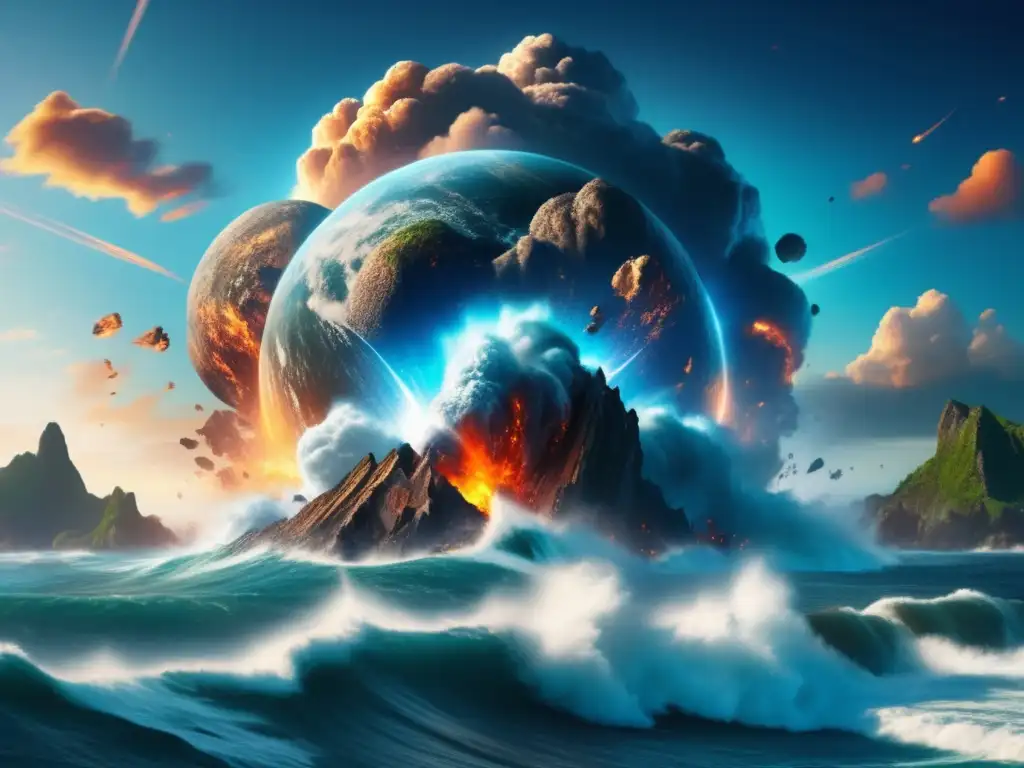
For additional information on asteroid impacts and related topics, visit the following resources:
- NASA Planetary Defense Coordination Office: https://www.nasa.gov/planetarydefense
- National Geographic: https://www.nationalgeographic.com/environment/natural-disasters/tsunamis/
- United Nations Office for Disaster Risk Reduction: https://www.unisdr.org/we/inform/publications/73722
 When Sky Falls: The Effects Of Asteroid Impacts
When Sky Falls: The Effects Of Asteroid Impacts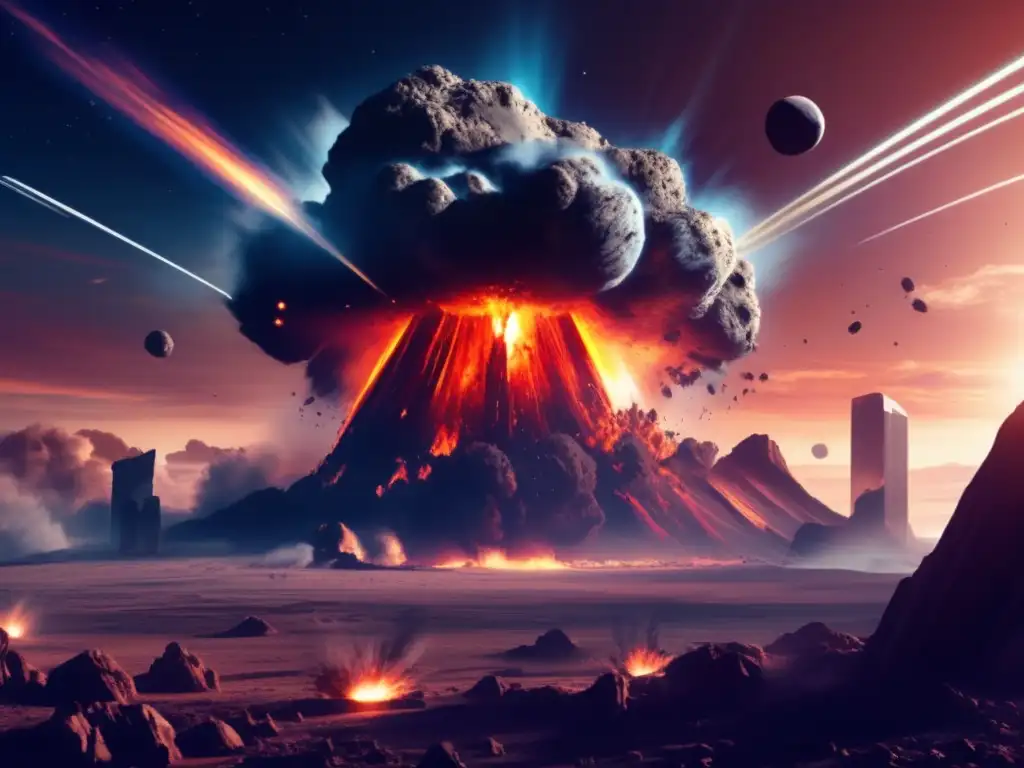 Asteroids And Earth: A Violent Relationship
Asteroids And Earth: A Violent Relationship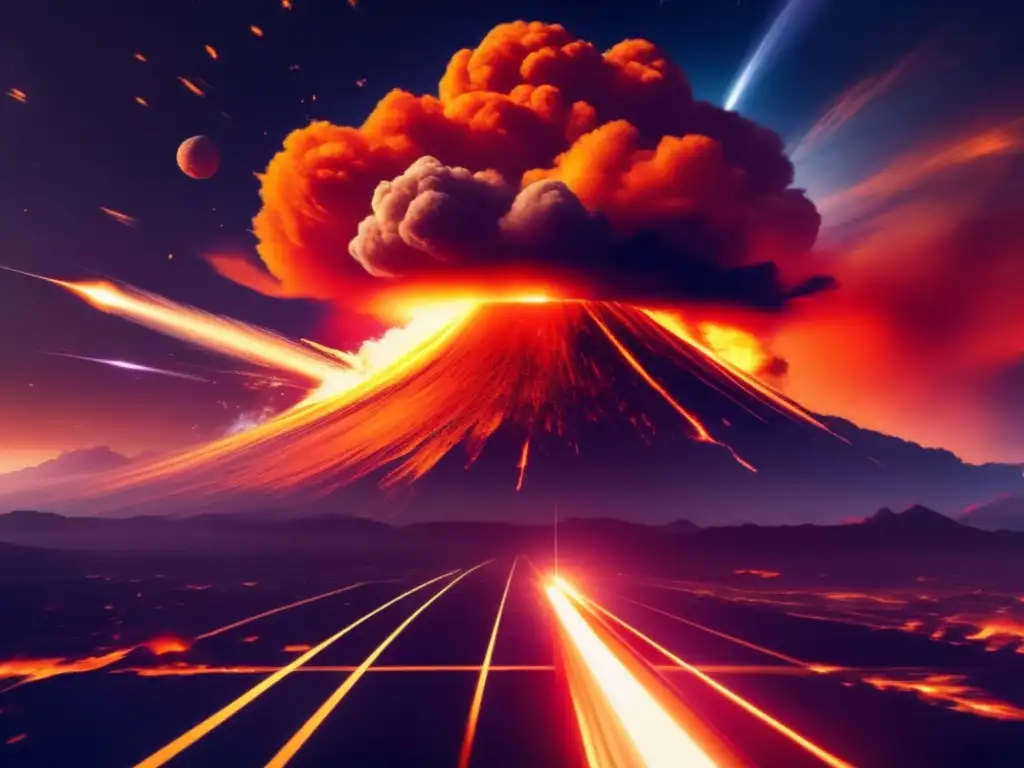 The Day The Sky Burned: Documenting Asteroid Impacts
The Day The Sky Burned: Documenting Asteroid ImpactsIf you want to discover more articles similar to Mega-tsunamis: The Water Impact Of Asteroids, you can visit the Asteroid Impacts category.
Leave a Reply

Articulos relacionados: